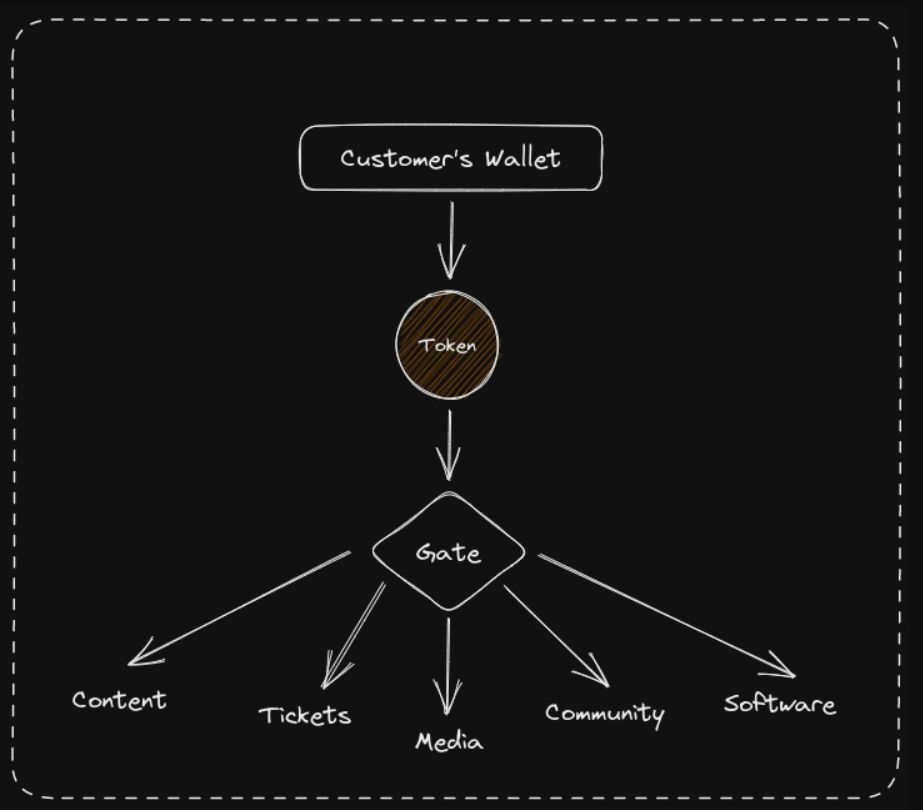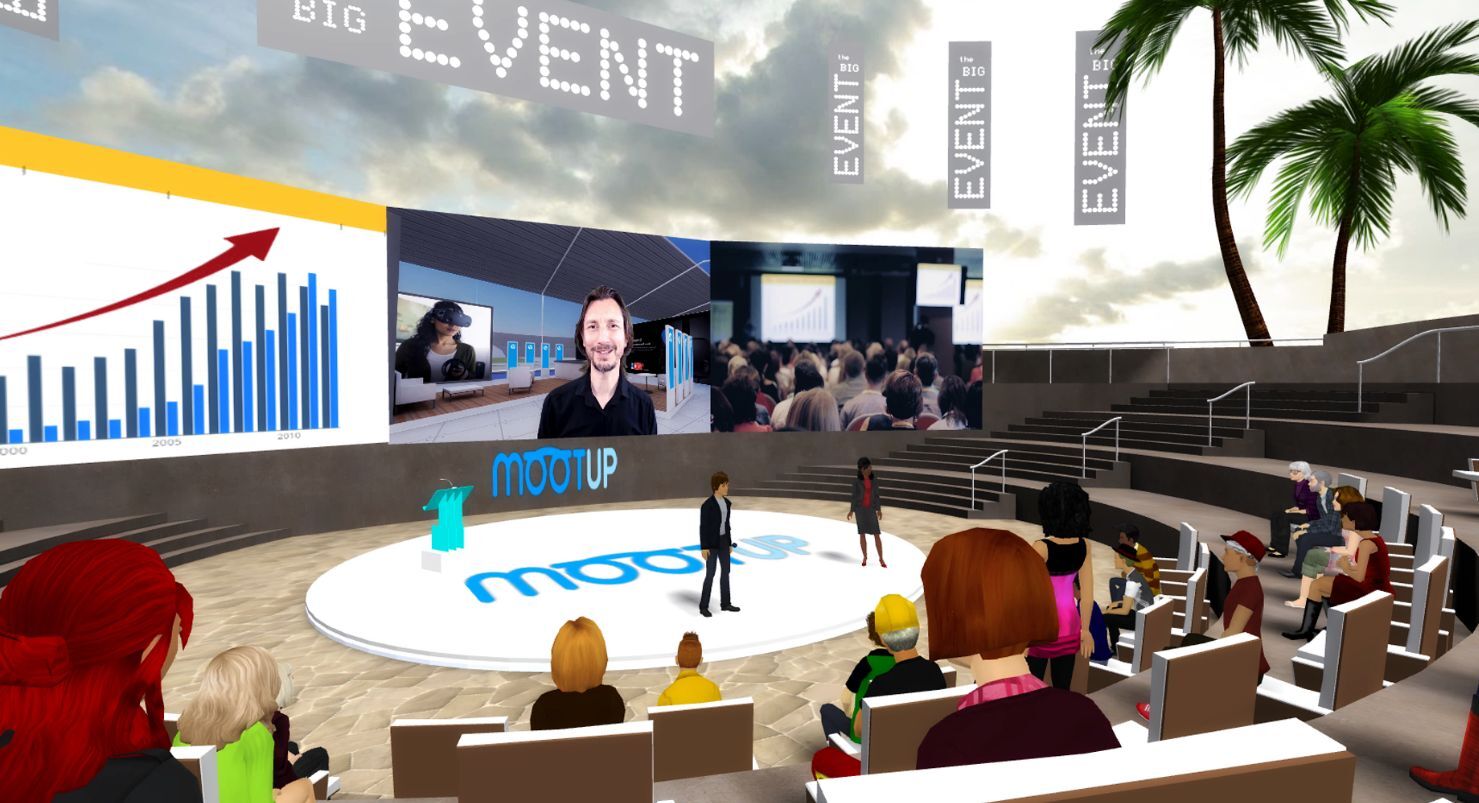
Web3 is reshaping the digital world, offering a decentralized, transparent, and user-first approach that challenges the dominance of traditional internet models.
In the decentralized landscape of Web3, the old rules of branding no longer apply. Success requires a bold identity rooted in authenticity, community, and innovation. To stand out, brands must navigate the complexities of blockchain technology, foster trust in trustless environments, and connect with a global audience driven by purpose.
This guide reveals the strategies and insights you need to craft a powerful Web3 brand that thrives in this new era of digital empowerment.
The Unique Challenges of Web3 Branding
Branding in the Web3 landscape presents distinct challenges that require innovative strategies and a deep understanding of decentralized technologies. Key obstacles include:
1. Navigating Decentralization and Community Dynamics
In Web3, control shifts from centralized entities to communities, making traditional top-down branding approaches less effective. Brands must engage authentically with decentralized communities, fostering trust and collaboration. This requires transparency and active participation to build credibility.
2. Simplifying Complex Technologies
Web3 technologies, such as blockchain and smart contracts, are inherently complex. Effectively communicating their benefits without overwhelming the audience is crucial. Brands need to demystify technical jargon, making their value propositions accessible and relatable to a broader audience.
3. Establishing Trust in a Pseudonymous Environment
The pseudonymous nature of Web3 users adds a layer of complexity to trust-building. Without traditional identity cues, brands must find new ways to verify authenticity and foster trust. Implementing transparent practices and leveraging community endorsements become essential strategies.
4. Adapting to Rapid Technological Evolution
The Web3 ecosystem is rapidly evolving, with new platforms and technologies emerging continuously. Brands must remain agile, adapting their strategies to stay relevant and effectively engage with their target audiences amidst constant change.
5. Addressing Regulatory Uncertainties
The regulatory landscape for Web3 is still forming, with varying laws across jurisdictions. Brands must navigate these uncertainties carefully, ensuring compliance while maintaining the decentralized ethos of Web3. Staying informed and adaptable to regulatory changes is imperative.
Successfully overcoming these challenges involves a blend of transparency, education, community engagement, and adaptability, enabling brands to establish a strong presence in the decentralized Web3 environment.
Foundations of Effective Web3 Branding
Establishing a robust brand in the Web3 ecosystem requires a strategic approach that aligns with the decentralized, transparent, and community-driven nature of this new digital frontier. Key foundational elements include:
1. Develop a Clear Brand Strategy
A well-defined brand strategy serves as the cornerstone of your Web3 identity. This encompasses:
- Brand Core: Articulate your purpose, vision, and values to convey the mission driving your project.
- Brand Positioning: Identify your unique value proposition and differentiate your brand within the competitive Web3 landscape.
- Brand Personality: Determine the human traits and characteristics that your brand embodies, shaping how you communicate and connect with your audience.
2. Craft a Memorable Visual Identity
Visual elements are critical in making a lasting impression. Focus on:
- Logo Design: Create a distinctive and versatile logo that reflects your brand's essence and is adaptable across various platforms.
- Color Palette: Select colors that evoke the desired emotions and resonate with your brand's message, ensuring consistency across all visual materials.
- Typography: Choose fonts that enhance readability and align with your brand's personality, contributing to a cohesive visual identity.
3. Establish a Consistent Tone of Voice
Your brand's tone of voice should reflect its personality and values, fostering a genuine connection with your audience. Consider:
- Audience Research: Understand your target demographic to tailor your communication style effectively.
- Personification: Imagine your brand as a person to help define how it speaks and interacts, ensuring consistency across all communications.
4. Foster Community Engagement
In Web3, communities are integral to a brand's success. Engage authentically by:
- Active Communication: Maintain open channels for dialogue, feedback, and updates, building trust and loyalty.
- Incentivizing Participation: Encourage community involvement through rewards, exclusive content, or governance opportunities, reinforcing a sense of ownership.
By focusing on these foundational elements, your Web3 brand can establish a strong, authentic, and engaging presence that resonates with the values of the decentralized community.
Strategies for Building a Strong Web3 Brand
Building a strong Web3 brand requires a multifaceted approach that leverages the unique characteristics of blockchain technology and the community-driven nature of this new digital frontier.
1. Leverage Token-Gated Commerce

Implement token-gated commerce to offer exclusive products or experiences to token holders. This approach not only incentivizes token acquisition but also fosters a sense of exclusivity and belonging within your community. For instance, Starbucks' Odyssey loyalty program integrates token-gated features to provide unique rewards to its members.
2. Integrate with the Metaverse
Establish a presence in the metaverse to create immersive brand experiences. Virtual spaces allow users to interact with your brand in novel ways, enhancing engagement and brand recall. Brands like Nike have developed virtual worlds, such as Nikeland, to connect with younger audiences in interactive environments.
3. Use NFTs for Community Building
Create NFTs that represent unique brand assets or grant access to special events and content. NFTs can serve as digital collectibles, fostering a deeper connection between your brand and its community. For example, Adidas' "Into the Metaverse" project provided NFT holders with exclusive merchandise and virtual experiences.
4. Embrace Decentralized Governance
Involve your community in decision-making processes through decentralized governance models, such as Decentralized Autonomous Organizations (DAOs). This approach empowers users, builds trust, and aligns the brand's direction with community interests. Implementing DAOs can enhance transparency and foster a collaborative brand environment.
5. Develop a Dynamic Brand Identity
Create a brand identity that is adaptable across various digital and virtual platforms. Use dynamic branding elements, such as animated logos or interactive designs, to engage users and maintain relevance in the rapidly evolving Web3 landscape. A flexible brand identity allows for seamless integration into diverse digital environments.
Channels and Platforms for Web3 Brand Engagement
Engaging with audiences in the Web3 era requires brands to adapt to decentralized technologies and prioritize transparency, community involvement, and user empowerment. To effectively connect with consumers, brands can utilize a variety of channels and platforms tailored for Web3 engagement:
1. Decentralized Social Media Platforms
Traditional social media platforms are evolving to incorporate Web3 principles, offering decentralized alternatives that provide users with greater control over their data and interactions. Brands can leverage these platforms to foster authentic connections:
- Lens Protocol: A decentralized social graph that allows brands to build and maintain direct relationships with their audience without intermediaries.
- Farcaster: A decentralized social network focusing on user sovereignty, enabling brands to engage with users in a censorship-resistant environment.
By participating in these platforms, brands can demonstrate a commitment to user privacy and autonomy, aligning with the values of the Web3 community.
2. Community Building and Management
In Web3, communities are central to a brand's success. Active engagement through platforms like Discord and Telegram allows brands to cultivate loyal followings:
- Discord: Originally popular among gamers, Discord has become a hub for Web3 communities. Brands can create servers to host discussions, share updates, and gather feedback directly from users.
- Telegram: Known for its real-time communication capabilities, Telegram enables brands to broadcast messages, conduct polls, and interact with their community efficiently.
Building a vibrant community fosters trust and encourages user-generated content, enhancing brand credibility.
3. Loyalty Programs
Token-gated commerce involves restricting access to certain products, services, or experiences based on token ownership, incentivizing customer loyalty:
- Exclusive Access: Brands can offer limited-edition products or early access to new releases for token holders, creating a sense of exclusivity.
- Loyalty Rewards: Implementing token-based loyalty programs allows customers to earn and redeem tokens for discounts, special offers, or unique experiences.
This approach not only rewards loyal customers but also integrates them into the brand's ecosystem, enhancing engagement.
4. Metaverse Integration

The metaverse offers immersive virtual environments where brands can create interactive experiences:
- Virtual Showrooms: Brands can set up virtual spaces to showcase products, allowing users to explore and interact with items in a 3D environment.
- Virtual Events: Hosting events such as product launches or concerts in the metaverse can reach a global audience, providing unique and memorable experiences.
Engaging in the metaverse enables brands to tap into new markets and demonstrate innovation.
5. Content Creation and Distribution
Creating valuable content that educates and informs the audience about Web3 concepts can position brands as thought leaders:
- Educational Blogs and Articles: Publishing content that demystifies complex topics like blockchain, NFTs, and decentralized finance helps build trust and authority.
- Interactive Content: Using formats like webinars, podcasts, and interactive infographics can enhance engagement and provide value to the audience.
Consistent and informative content keeps the community engaged and attracts new members interested in the brand's offerings.
6. Collaborations and Partnerships
Partnering with influencers, artists, or other brands within the Web3 space can amplify reach and credibility:
- Influencer Collaborations: Working with Web3 influencers can introduce the brand to their established audiences, fostering trust through association.
- Cross-Brand Partnerships: Collaborating with other brands on joint projects or co-branded products can create synergies and expand market reach.
Strategic partnerships leverage existing communities and build a network effect, enhancing brand visibility.
7. Decentralized Advertising Networks
Utilizing decentralized ad platforms aligns with Web3 principles and offers transparent advertising solutions:
- Blockchain-Based Ad Platforms: Platforms like AdEx provide transparent and efficient advertising solutions, ensuring that ad spend is utilized effectively and reaches the intended audience.
In Conclusion
Web3 branding is a transformative journey, requiring a deep understanding of decentralization, community engagement, and technological innovation. Unlike traditional branding, success in Web3 hinges on authenticity, transparency, and fostering genuine connections with a highly engaged audience. Now is the time to innovate, adapt, and lead in the decentralized era.




